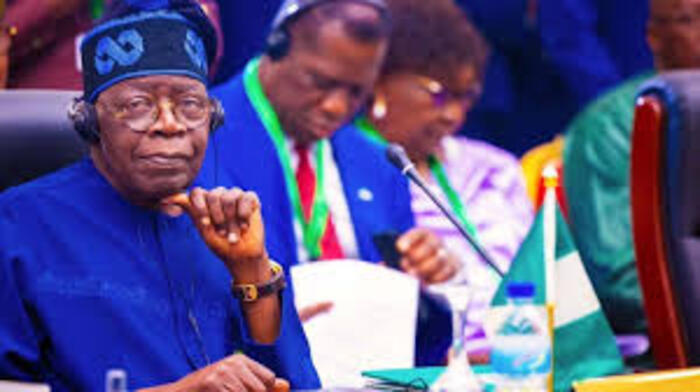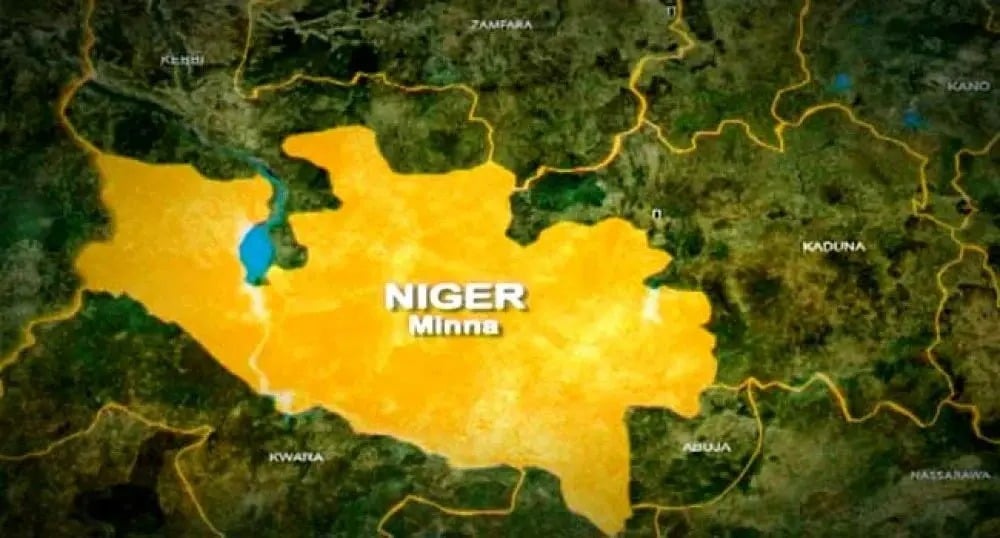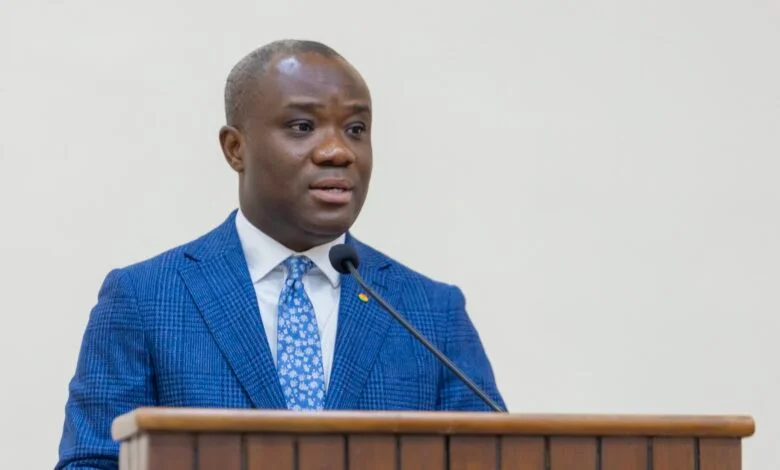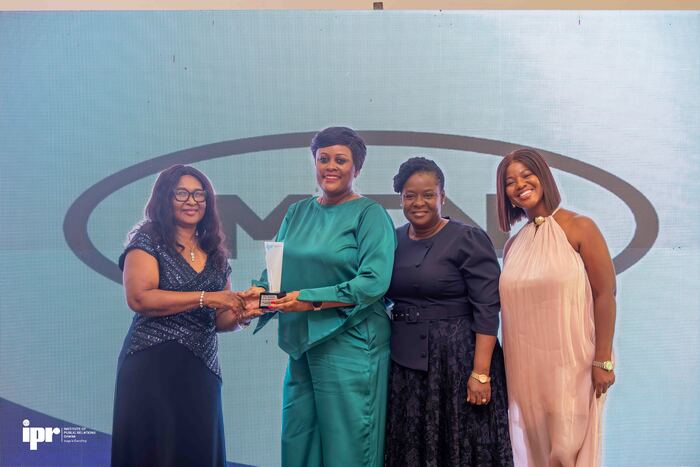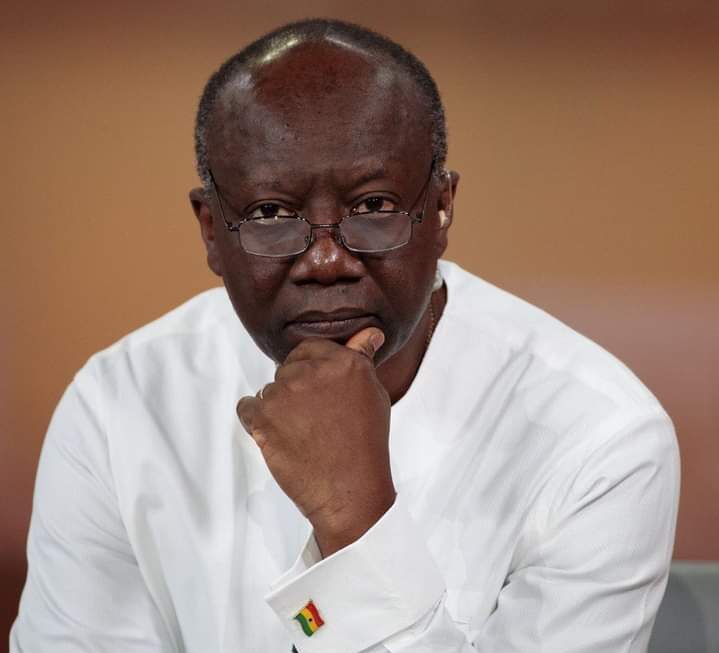Ghana’s credit market is showing clear signs of fatigue in 2025, according to the Bank of Ghana’s July 2025 Monetary Policy Report, signaling a sharp slowdown after the borrowing surge of 2024.
The latest figures reveal that gross loans and advances in the banking sector grew by just 6.1% to GH¢89.7 billion in the first half of 2025, less than half of the 15.6% growth recorded during the same period last year. Lending to individuals and private businesses, which has historically driven credit expansion, slowed to 9.2% (GH¢85.3 billion) by June 2025, compared with 17.7% growth a year earlier.
The steepest pullback came from the public sector, where credit contracted by 31.3% to GH¢4.4 billion, far deeper than the 5.0% contraction seen in June 2024. This reflects the government’s ongoing fiscal consolidation efforts under the IMF-supported programme and a focus on reducing debt.
Despite the slowdown, certain sectors remain credit magnets: the services sector absorbed 37.2% of total credit (up from 32.8% in June 2024), commerce and finance took 24.4% (up from 23.6%), and manufacturing held steady at 10.6%. Together, these sectors accounted for 72.3% of all loans by June 2025, compared with 67.2% last year.
In contrast, mining and quarrying received just 2.8% of loans, down from 3.3%—a notable drop despite its importance in foreign exchange earnings.
This cooling trend stands in stark contrast to 2024, when Ghanaian borrowers nearly doubled their appetite for loans despite high interest rates. Private sector and household borrowing surged by 26.3% to GH¢89.1 billion, while gross loans and advances jumped 24.1% to GH¢95.5 billion.
Several factors explain the sharp reversal this year: high borrowing costs, with average lending rates at 21 percent as of September 2025; a cautious private sector scaling back investments amid exchange rate volatility; government restraint as public sector credit shrinks due to fiscal consolidation; and banks prioritizing asset quality over rapid expansion.
For business leaders, the dip in borrowing suggests subdued investment appetite and may prompt a reassessment of expansion strategies or consideration of alternative financing. Banks could face revenue pressures if loan demand remains concentrated in just three sectors, requiring innovation and broader risk-taking. For policymakers, the data highlight the challenge of balancing fiscal discipline with the need to stimulate private sector growth, possibly through targeted interventions for sectors like agriculture, manufacturing, and SMEs.
The bottom line: Ghana’s credit market in 2025 is characterized by selective financing, with robust activity in services and commerce but an overall slowdown that raises questions about the country’s economic momentum and long-term growth trajectory.
Source: Apexnewsgh.com



